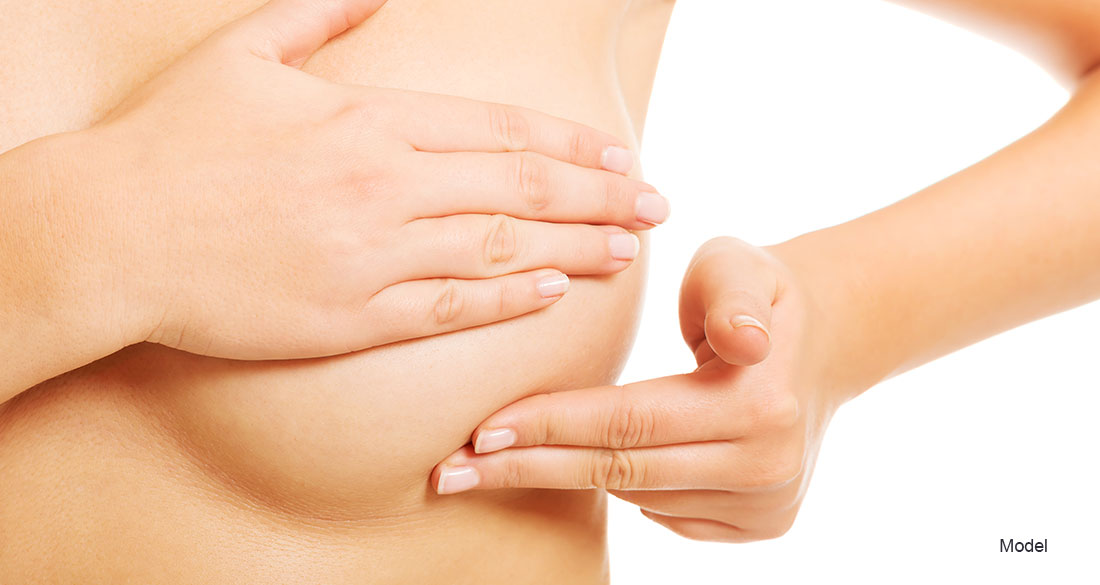
If you’re thinking about breast augmentation, you’ll have to make several decisions about your implants: what type, what size, and whether they’re placed above or below your chest muscles. One of the first big choices you’ll make is what type of implant to get—saline or silicone? Each option comes with its own set of benefits, and knowing the differences between the two can help you feel more confident that you’ve made the right choice. In this blog, we’ll explore the differences between saline and silicone implants, as well as what you need to know about placement, and who each type of implant is best for.
Table of Contents
- What Are Saline Implants?
- What Are Silicone Implants?
- Pros and Cons of Saline Implants
- Pros and Cons of Silicone Implants
- Placement Options for Saline Implants
- Placement Options for Silicone Implants
- How Do I Choose the Right Breast Implant Type For Me?
- Learn More About Breast Implant Options in Newport Beach
What Are Saline Implants?
Saline breast implants have been used in cosmetic and reconstructive surgery for decades. They are inserted into the breast pocket while empty and then filled with a sterile saltwater solution, which allows for a smaller incision. The outer shell of saline implants is made of silicone, but the filling is entirely saline, which the body can safely absorb in the rare chance that they rupture. Saline implants are FDA-approved for women aged 18 and older.
What Are Silicone Implants?
Silicone breast implants consist of a silicone shell pre-filled with a cohesive silicone gel designed to closely approximate the appearance of natural breast tissue. These implants come in a variety of shapes, sizes, and gel consistencies, and are customizable to enhance your silhouette. Silicone implants are by far the most popular choice among breast augmentation patients because they offer a more natural look and feel than saline. They are FDA-approved for women aged 22 and older and require regular MRIs or ultrasounds to screen for potential ruptures or leaks.
Pros and Cons of Saline Implants
| Pros of Saline Implants | Cons of Saline Implants |
| Smaller Incisions
Filled after insertion, allowing for smaller, less noticeable incisions. |
Less Natural Feel
May feel firmer or look less natural, especially in women with less breast tissue. |
| Easier to Detect Ruptures
Visible deflation makes leaks immediately noticeable. |
Higher Risk of Rippling
More likely to show wrinkling under the skin, particularly in thinner patients. |
| Customization
Volume can be adjusted during surgery to correct minor asymmetry. |
Less Popular for Very Thin Patients
Edges may be more visible in those with minimal natural tissue. |
Pros and Cons of Silicone Implants
| Pros of Silicone Implants | Cons of Silicone Implants |
| Natural Look and Feel
Silicone gel more closely resembles natural breast tissue, in both texture and movement. |
Larger Incision Required
Because they’re pre-filled, silicone implants often require a slightly larger incision. |
| Less Rippling
These implants are less likely to show ripples or wrinkles, even in thinner patients. |
Silent Ruptures
If a rupture occurs, it may not be immediately noticeable (hence the term “silent rupture“) and requires an ultrasound or MRI to detect. The FDA recommends routine imaging every few years to check for implant integrity. |
| Wide Variety of Options
From round to teardrop-shaped and low to high projection, silicone implants offer a wide range of customization options. |
More Expensive
Silicone implants tend to cost more upfront than saline. |
Placement Options for Saline Implants
Saline implants can be placed either above or below your pectoral muscle, or via the dual plane method, which combines the two.
Subglandular (Above the Muscle)
With this placement, the implant sits on top of the pectoral muscle, positioned directly behind the breast tissue. It may involve less recovery time because the muscle isn’t manipulated, and may be suitable for women with a good amount of natural breast tissue. However, it may make rippling more noticeable, especially with saline implants.
Submuscular (Below the Muscle)
This option provides more tissue coverage, making the breast implant look and feel more natural. It also reduces the risk of visible rippling and can make future mammograms easier to interpret. There is less risk of capsular contracture with implants placed below the muscle.
Dual Plane
Dual plane breast implant placement is a hybrid approach where the upper part of the implant is placed under the chest muscle, while the lower part sits beneath the breast tissue. This method offers the natural contouring benefits of submuscular placement while allowing better lower pole expansion for more projection and lift. Most breast augmentations use this technique.
Because saline implants can be inserted empty and then filled, they’re commonly placed via periareolar (around the nipple) incisions to provide less visible scarring.
Placement Options for Silicone Implants
Since silicone implants are pre-filled, they typically require more space and a slightly longer incision. Like saline, they can be placed subglandularly, submuscularly, or using the dual plane technique.
Subglandular (Above the Muscle)
While this placement may offer a more straightforward surgery and faster recovery, it is less common with silicone implants unless you have enough breast tissue to provide adequate coverage.
Submuscular (Below the Muscle)
This placement option is especially popular if you prefer a more natural feel and slope to your breast. The pectoral muscle offers better camouflage, helping to minimize visible edges or ripples.
Dual Plane
Dual plane implant placement combines the benefits of both above- and below-muscle techniques. This is the most popular placement for silicone implants, as the top portion of the implant is covered by the chest muscle, providing a smooth upper pole contour, while the lower portion sits beneath the breast tissue, creating a more natural drop.
Silicone implants are most often inserted through inframammary (under the breast) incisions.
How Do I Choose the Right Breast Implant Type for Me?
Saline implants may be a better choice for women between the ages of 18 and 21, as silicone implants are only FDA-approved for patients 22 and older. Saline is also a good option for those who want the reassurance of quickly detecting a rupture, since saline implants visibly deflate when they leak. And, because they’re filled after placement, saline implants can be inserted using smaller or less visible incisions.
Silicone implants are often ideal for patients with a thinner build or less natural breast tissue who want the most natural look and feel possible. They are less likely to ripple and come in a broader range of shapes and projections.
Learn More About Breast Implant Options in Newport Beach
Whether you choose saline or silicone breast implants, your decision should be based on several factors, including your body type, aesthetic goals, and lifestyle. When you come in for your breast augmentation consultation with Dr. Keyian Z. Paydar, he will go through your options and advise you on the breast implant that’s right for you, including type and placement. To explore your breast augmentation options, schedule your appointment with Dr. Paydar by calling our office today at (949) 755-0575 or completing our online contact form.


